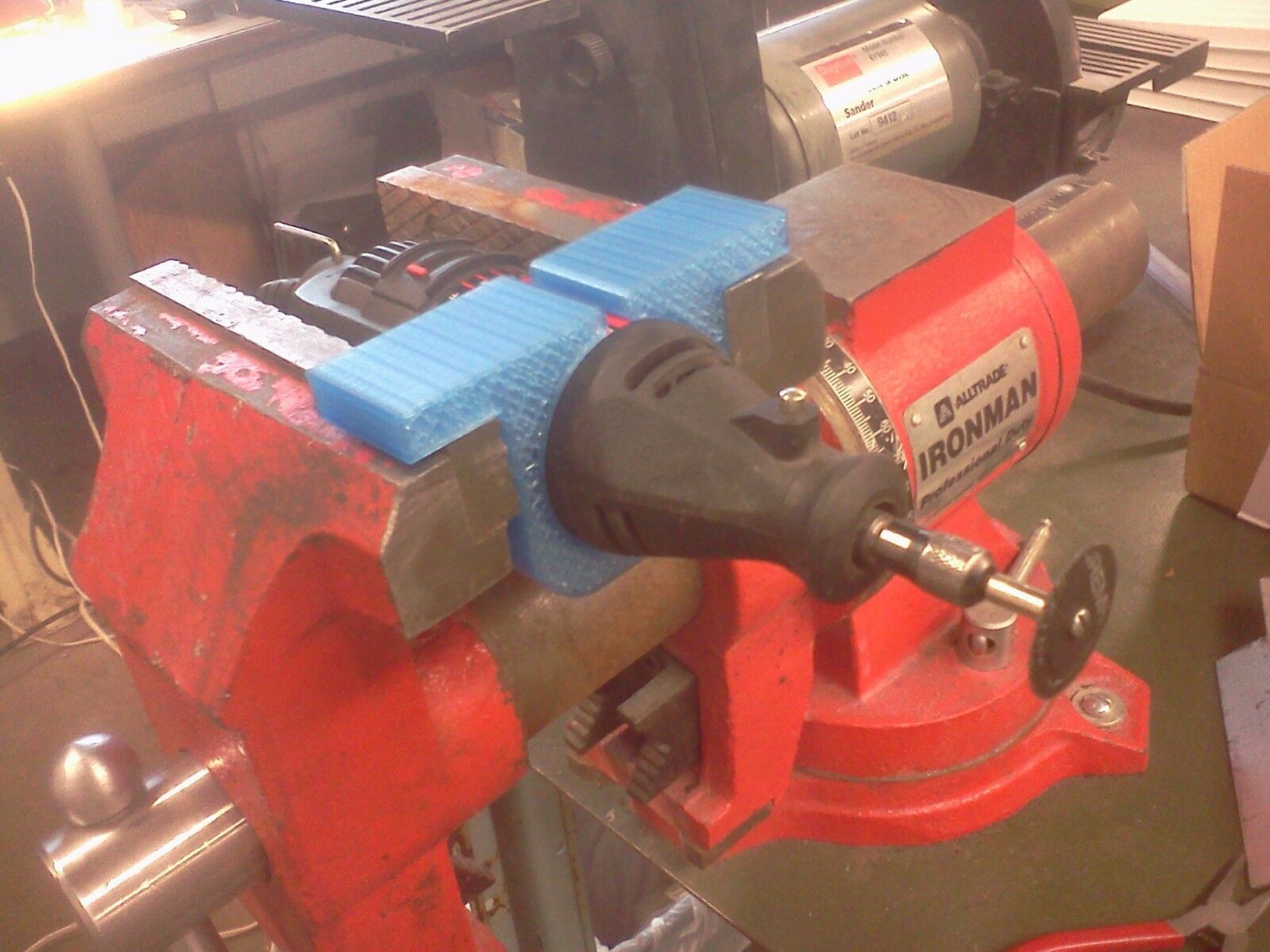Chan Eil Whiskers
Fumbling about.
Now that I'm an old hand at scale making having made with my own two hands exactly one set of scales I want to know how I can improve the process next time I make scales.
Particular I want to know how to drill the holes so they come out just right?

I made these scales...
Here's the link to my first effort and results as a scale maker. In making my scales the hardest part was doing the pins, but the part I felt was the biggest failure was the pivot pin hole. The wedge pin hole luckily was better and okay I think, but I want more than luck.
How do you get the holes just right? Straight? True? Vertical and horizontal and all that in places they should be (you know what I mean).
I used a Dremel with a bit so drilling was easy enough, but not straight enough. How do you get it straight?
Assuming a Harbor Freight drill press is in my future how do you drill those drill press holes so everything lines up? I assume the holes can be drilled in two ways.
Still, my scales came out pretty good for a first effort.
Thanks for any drilling tips.
Happy shaves,
Jim
Particular I want to know how to drill the holes so they come out just right?
I made these scales...
Here's the link to my first effort and results as a scale maker. In making my scales the hardest part was doing the pins, but the part I felt was the biggest failure was the pivot pin hole. The wedge pin hole luckily was better and okay I think, but I want more than luck.
How do you get the holes just right? Straight? True? Vertical and horizontal and all that in places they should be (you know what I mean).
I used a Dremel with a bit so drilling was easy enough, but not straight enough. How do you get it straight?
Assuming a Harbor Freight drill press is in my future how do you drill those drill press holes so everything lines up? I assume the holes can be drilled in two ways.
- Drill the holes before sanding and shaping so the material making up the scales (wood or plastic or whatever) is flat when the holes are drilled. Does this lead to problems with things not lining up or in some other way with the holes when the scales are bent by the pins and the wedge?
- Drill the holes when the scales are made except for the holes and the pins? How then do you hold all the parts together (the two scales + the wedge) while drilling?
Still, my scales came out pretty good for a first effort.
Thanks for any drilling tips.
Happy shaves,
Jim

